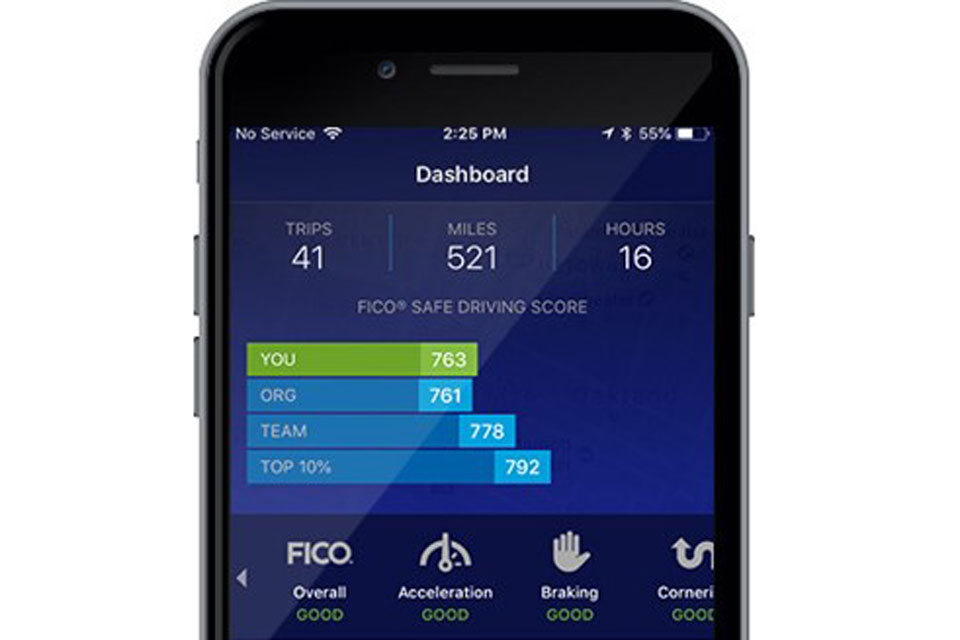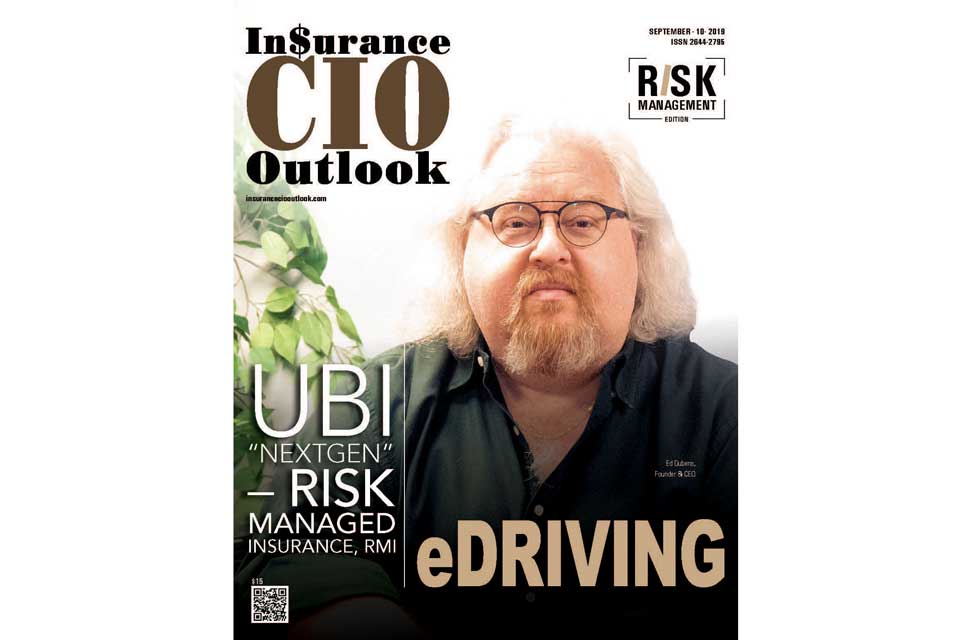Addressing privacy concerns in driver risk management

By Ed Dubens (pictured), CEO/Founder of eDriving Today, data security and privacy compliance are among the most important considerations for practically every business. For that reason, when reviewing digital driver risk management solutions, data security and privacy compliance are critical components of the assessment and planning phase, and can even be the deciding factor in whether a programme is […]
eDriving to showcase award-winning fleet driver risk solution at UK Fleet Services Management Summit

eDriving will meet with fleet industry professionals to discuss the company’s validated techniques for managing and reducing driver risk at the upcoming Fleet Services Management Summit. Taking place 11-12 November 2019 at Whittlebury Park, Northampton, the event is specifically organised to connect senior professionals responsible for managing fleet requirements with organisations providing fleet management solutions. eDriving’s […]
GUEST BLOG: Incorporating smartphone-based telematics into fleet duty of care

By Nick List, Customer Success Director, Europe, eDriving Under the Health & Safety at Work Act 1974 all UK companies have a legal obligation to ensure their employees do not suffer any unreasonable or foreseeable harm or loss in the workplace and, as such, fleet operators have a duty to not only ensure that company-owned […]
eDriving named Top Ten Risk Management Solution Provider

eDriving, a registered supplier for November’s Fleet Services Management Summit, has been named one of the Top Ten Risk Management Solution Providers of 2019 by Insurance CIO Outlook magazine. The prestigious list comprises organisations that provide risk management technologies and solutions to help insurance providers mitigate risk. eDriving’s inclusion in the list is thanks to […]
Changing driver behaviour through telematics: First step, safety culture

By Nick List, Customer Success Director, Europe at eDriving Telematics solutions are fast becoming commonplace among fleets. No longer valued only for their “track and trace” capabilities, telematics solutions are now able to provide a vast array of behavioural insights to help fleet managers improve driver safety and wellbeing. Fleet managers have the ability to […]
Mentor by eDriving identifies and helps improve fleet driver behaviour

eDriving’s fleet management software helps to reduce collisions, injuries, licence endorsements and total cost of ownership through a patented closed-loop driver behaviour-based safety programme. Having worked with fleets for almost 25 years, eDrivingSM has identified the key components required to achieve a crash-free culture®– and they comprise a closed-loop approach to driver safety that has helped […]
GUEST BLOG: Effectively managing driver risk by making safety part of every day

By Andy Cuerden, Managing Director, Europe, eDriving What do you do if a customer calls your company employee while they are driving? An eDriving client recently shared a story about a customer calling their customer services department from a mobile phone while driving. The customer services representative politely informed the customer: “I’m sorry, it is […]


